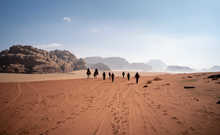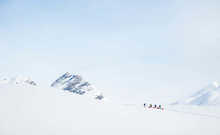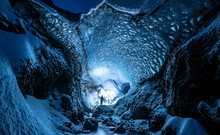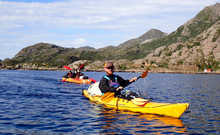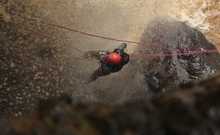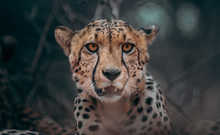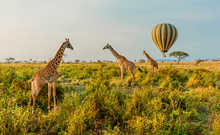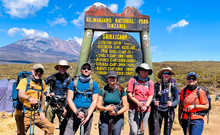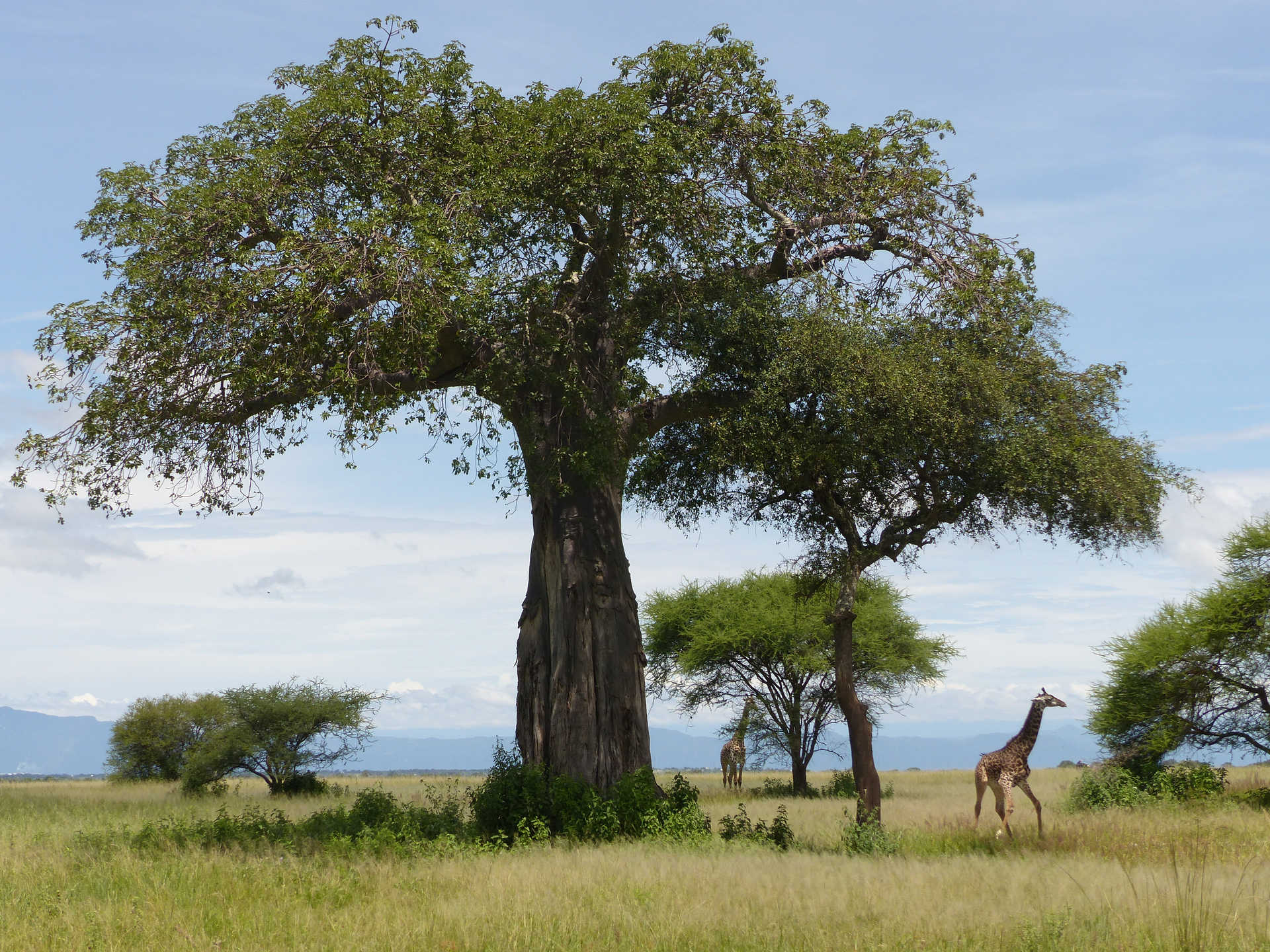Must Visit Tanzania Safari Parks Near Kilimanjaro
When visiting Tanzania to climb
Kilimanjaro, it would be a shame to miss out on the amazing opportunity to
join a Tanzania safari. ATanzania safari tour is an
experience like no other and you'll be able to see some of the world's most
famous creatures in their natural habitats in one of the many national parks in
Tanzania, not to mention some incredible scenery.
We always recommend to our clients to take this opportunity
either before or after their Kilimanjaro trek as Tanzania is considered to be
the best safari destination on earth. Kandoo Adventures have purpose built
Tanzania safari vehicles and bespoke Tanzania safari packages to give you the
best possible wildlife experience on your Tanzanian safari tour. We might be
biased but when thinking about where to safari in Africa, we think Tanzania is pretty
hard to beat!
Whether you have travelled from the UK, US or elsewhere, if
you’re visiting
Kilimanjaro National Park to climb Kilimanjaro, it makes sense to allow a
little time afterwards to explore more of Africa and some of the best safari
parks are right here, in Tanzania.
To give you an idea as to what the safari parks in northern
Tanzania have to offer, we have listed the best wildlife parks below and
discuss each park in a little detail to help you decide which one is rightfor
you. Whether you want to add a wildlife safari onto your Kilimanjaro trip or
skip the trekking altogether and go in search of wildlife in Tanzania, your
trip with Kandoo Adventures is sure to be an unforgettable one.
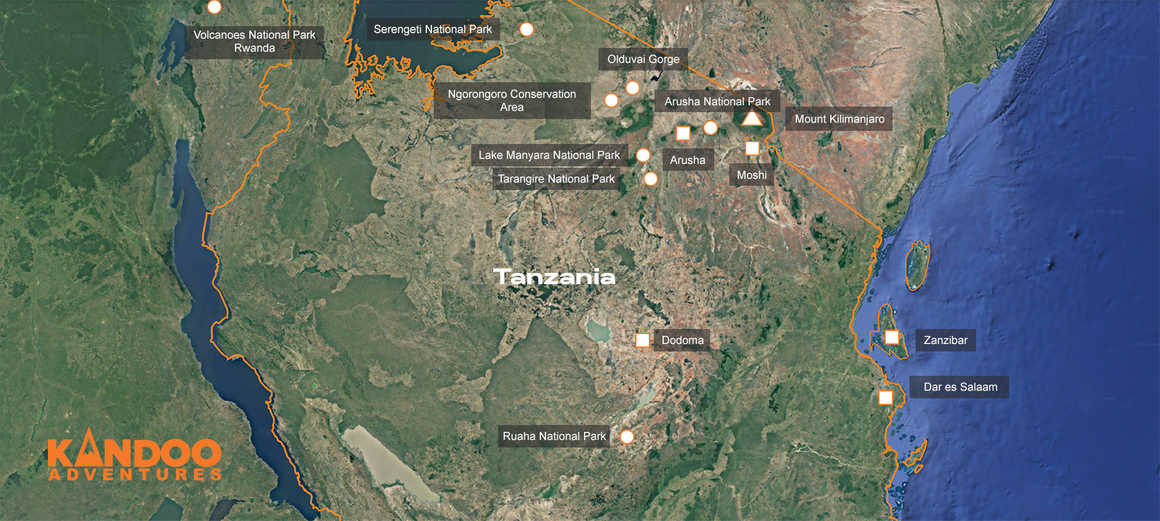
Arusha National Park (552 sq km, 212 sq miles)
As you venture further north the scenery changes
dramatically and you are faced with rolling hills and the tranquil Momela
lakes. The Momela lakes of the Arusha National Park support a wide host of
wildlife, including thousands of bright pink flamingos, herds of zebra and
families of giraffe. Although elephants are uncommon in the park and lions
altogether absent, leopards are often spotted hunting in the dawn and dusk
periods. This Tanzania safari park is a photographer’s dream. The imposing peak
of Kilimanjaro adds a special something to many of the wildlife shots and the
wide array of scenery means that every shot is varied.
Arrive a few days before your Kilimanjaro trip and take a
day trip here or pause for a few days after your Kilimanjaro climb in Arusha to
rest and take a jaunt to this beautiful wildlife park.
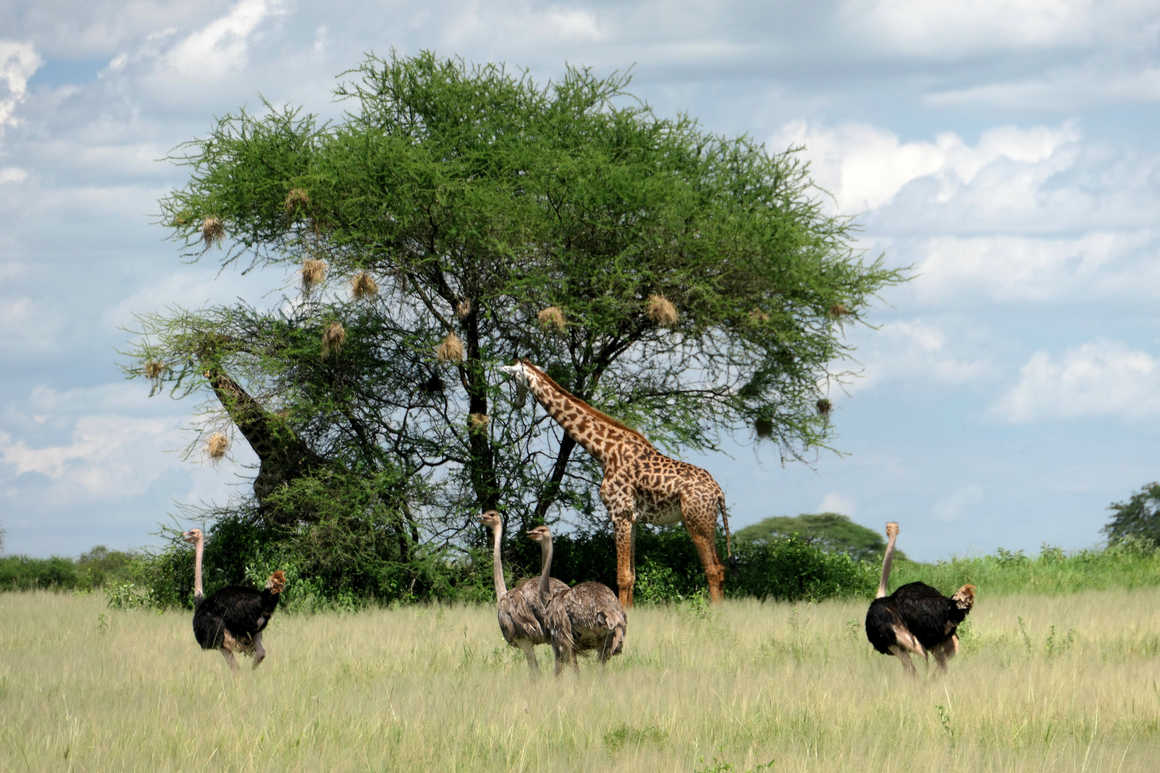
Serengeti National Park (14,763 sq km, 5,700 sq miles)
An absolute favourite among all who come to Tanzania.
Serengeti National Park is famous for one mind blowing event in particular -
The Great Migration! The migration is one of the largest mass movement of
animals on our planet and attracts thousands of visitors each year.
From January to March, 1.7 million wildebeest, 260,000 zebra
and 500,000 gazelle make their way from the Ngorongoro Conservation Area
through the Serengeti on their way to the Masai Mara in Kenya in search of
grazing lands. Columns of wildebeest over 20 km long make their way across the
savannah, at times plunging through the crocodile infested rivers, in the hope
of reaching secure breeding grounds. The breeding season is short and sharp and
over 1,000 calves are born every day before the 1,000 km return journey begins.
This movement is truly one of earth's greatest spectacles and not to be missed.
Even during the non-migration period, the Serengeti National
Park is one of the most spectacular safaris on earth. Lions roam the plains in
a constant search of prey. If you want to see lions in their natural habitat,
then a Serengeti safari is one of the best places by far. A safari in the
Serengeti is also a great opportunity to see huge groups of giraffe and
elephant along with thousands of Topi, eland, kongoni and impala. Visitors will
travel through open grassland, swamps, rocky terrain and beautiful woodland. This
variety of ecosystem is home to a great variety of wildlife. Get your
binoculars ready to see the Big 5, plus numerous monkeys, hyena, cheetah and
possibly smaller cats such as the serval or civet.
As the oldest and most popular national park, visiting
Tanzania’s Serengeti National Park is one of those experiences that will stay
with you forever. Make sure you add a Tanzania wildlife safari onto your
Kilimanjaro trip as you’d be daft to miss out on one of the best safari parks
in the world.
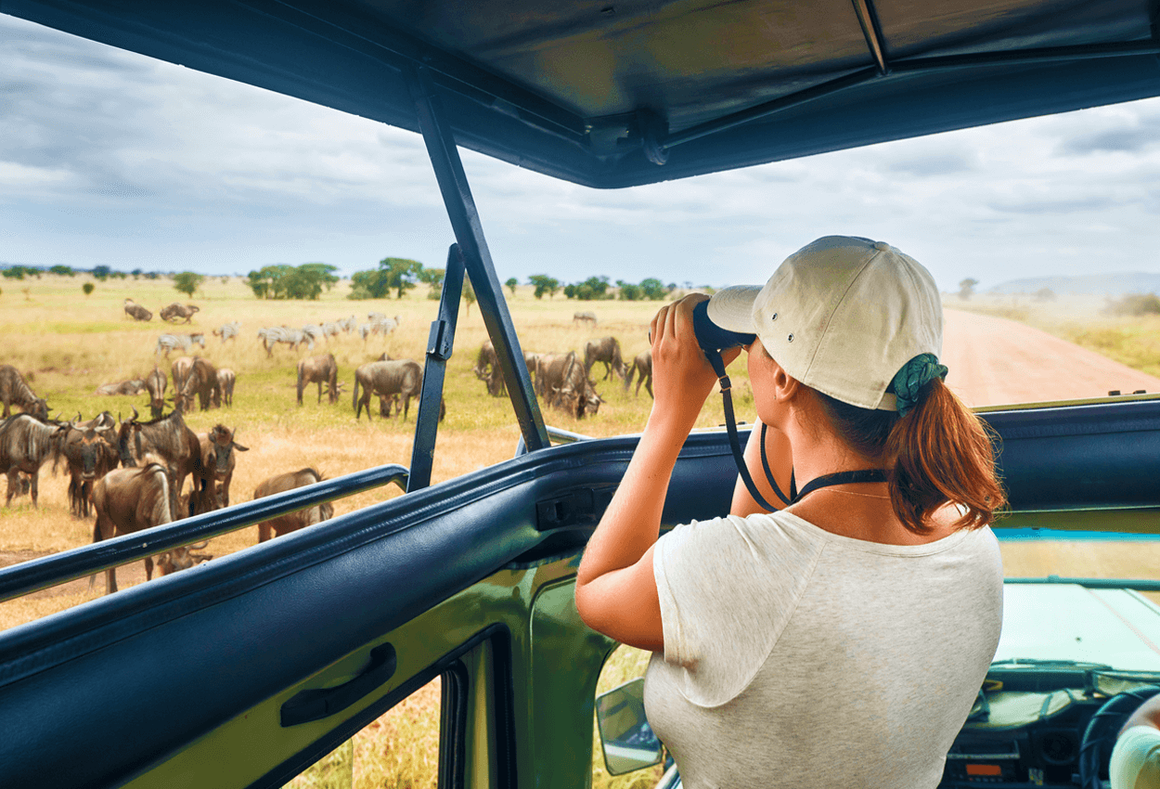
Tarangire National Park (2,850 sq km, 1,096 sq miles)
One of the smaller parks in Tanzania, Tarangire
National Park packs a pretty big punch! Outside of the Serengeti,
Tarangire National Park hosts the greatest concentration of wildlife in
northern Tanzania. Its lagoons and rivers are a haven for wildlife and up to
300 elephants have been seen in the area at one time. On top of this are
thousands of migratory wildebeest, buffalo, zebra, impala and gazelle. Like the
Serengeti, lions roam throughout the plains of the Tarangire in a constant
search for food. Another rare sight is the population of resident lions that
seem to have developed a love for climbing trees! These large cats are often
spotted lazing on a branch, very similar to that of a leopard. There are only a
handful of places to catch a glimpse of tree-climbing lions and here you’ll
have a better chance than other places.
Although incredibly dry and hot in the warmer months, the
lagoons in the Tarangire still hold water. Animals come from hundreds of miles
around because of this fact. Tarangire safaris are certainly an awesome option
if you plan on visiting during the drier months. For bird lovers a Tarangire
safari is also a great option as the swamp lands draw over 550 different
species of bird! The land is home to the world's heaviest flying bird, the kori
bustard, which weigh up to 19kg, and also to the world's largest bird, the common
ostrich. Leopards and pythons are not an uncommon site in trees and dwarf
mongoose are often seen ferreting among the termite mounds.
The park's popularity lies in the location of the Tarangire
River which is a hotspot for wildlife. During the dry season, the river is the
primary source of fresh water for the animals and makes it a superb spot for
safari goers to witness the wildlife up close. The park is also famed for its
huge baobab trees that dwarf the surrounding landscape and make for some
fabulous photos.
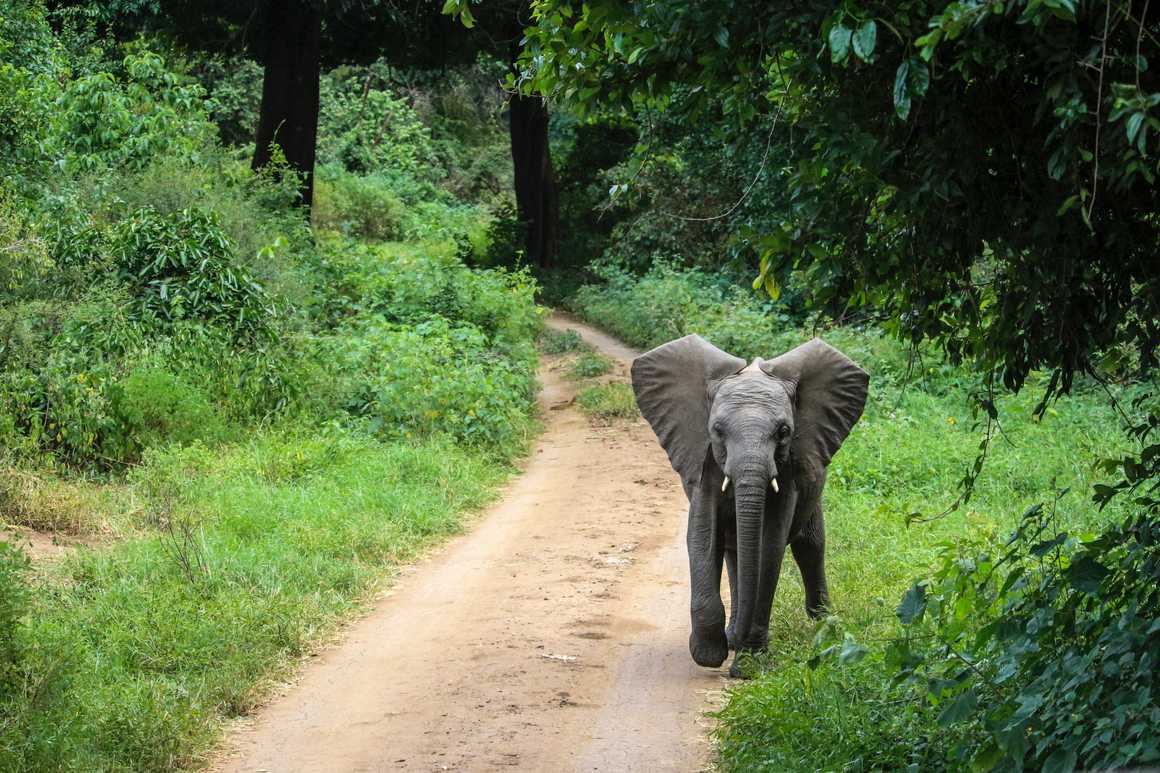
Lake Manyara National Park (330 sq km, 127 sq miles)
By far the smallest park in Northern Tanzania, Lake Manyara
National Park is mainly made up of water with only around 120 sq km being land
based. However, size is not everything and the park is a little gem, boasting
an incredible Tanzania safari experience. Ernest Hemingway famously described
the area as "the loveliest I had seen in Africa". We certainly
wouldn't disagree.
The small game viewing circuit is a literal microcosm of
wildlife. The entrance to the Manyara National Park leads into thick jungle
where you can see lounging baboons, blue monkeys jumping through the trees and
hornbills honking high in the jungle canopy. In stark contrast to the jungle
are the grassy plains that surround the area. These plains are home to herds of
zebra, large buffalo, wildebeest and, occasionally, giraffes. Further inland of
the plains is a narrow belt of acacia woodland where you might see the famous
tree-climbing lions and large-tusked elephants. Even within such a small area
over 400 species of bird have been recorded, making it an ideal location for
bird lovers. A Manyara safari is undeniably one of the most unique experiences
in the country and well worth the trip.
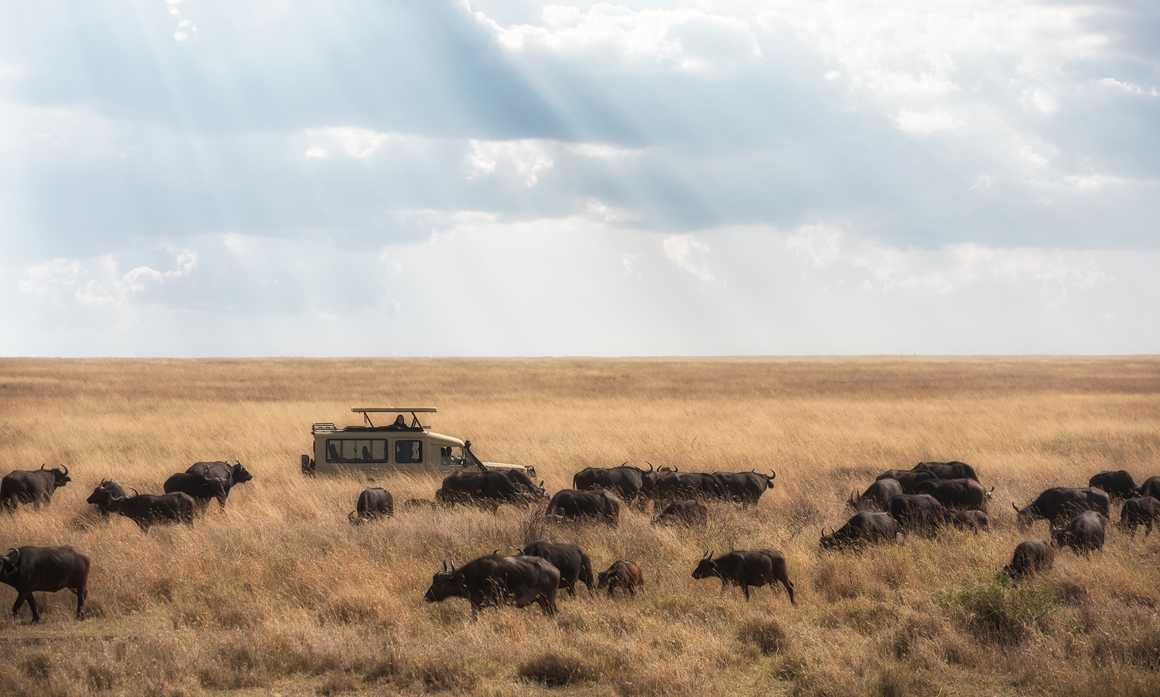
Ngorongoro Conservation Area (8,288 sq km, 5,149 sq miles)
Without doubt one of the most awesome destinations in Africa
is the Ngorongoro Crater located in the Ngorongoro Conservation Area. The
Ngorongoro Crater was deemed a UNESCO World Heritage Site in 1978 and it's easy
to see why. Named by Masai Mara farmers after the sound of the cow bells when
herding cattle across the plains, ngoro ngoro, the Ngorongoro Crater was
formed by a volcanic explosion. The resulting crater, which stretches almost 19
km in width is actually the largest intact volcanic caldera in the world. With
natural walls rising between 400-600 meters high, the crater was more or less
cut off from the world around it, allowing the wildlife inside to thrive. What
can be seen today is a breathtakingly beautiful landscape thriving in
biodiversity. It is an incredible natural wonder to behold.
Other than being a superb natural wonder, the Ngorongoro
Conservation Area is also home to some of the densest mammal populations on
earth. Parts of the crater are covered in dense forest whilst most of the
northern end is grassy plains. It is in the grassy plains where the animals
converge in great numbers. Whilst the crater is home to herds of zebra,
wildebeest and many varieties of gazelle, one of the main attractions are the
fearless lions. The lions that inhabit the crater are famous for having a complete
lack of regard for vehicles on Ngorongoro safaris - they will literally come
right up beside the vehicles and often doze up against them! The resident
population of hyenas often compete with the lions for their kills and it's an
unforgettable sight, seeing these two creatures engage with each other. You’ll
also be able to spot herds of elephants here and occasionally leopards lounging
in the trees, although they can be hard to spot. The Ngorongoro Crater is also
one of the last places in the world that you can see the critically endangered
black rhino in the wild, as there are approximately 60 living here.
Combining a trip to the Ngorongoro area with a Serengeti
safari is one of the most popular safari adventures for Kilimanjaro trekkers visiting
Tanzania for the first time.
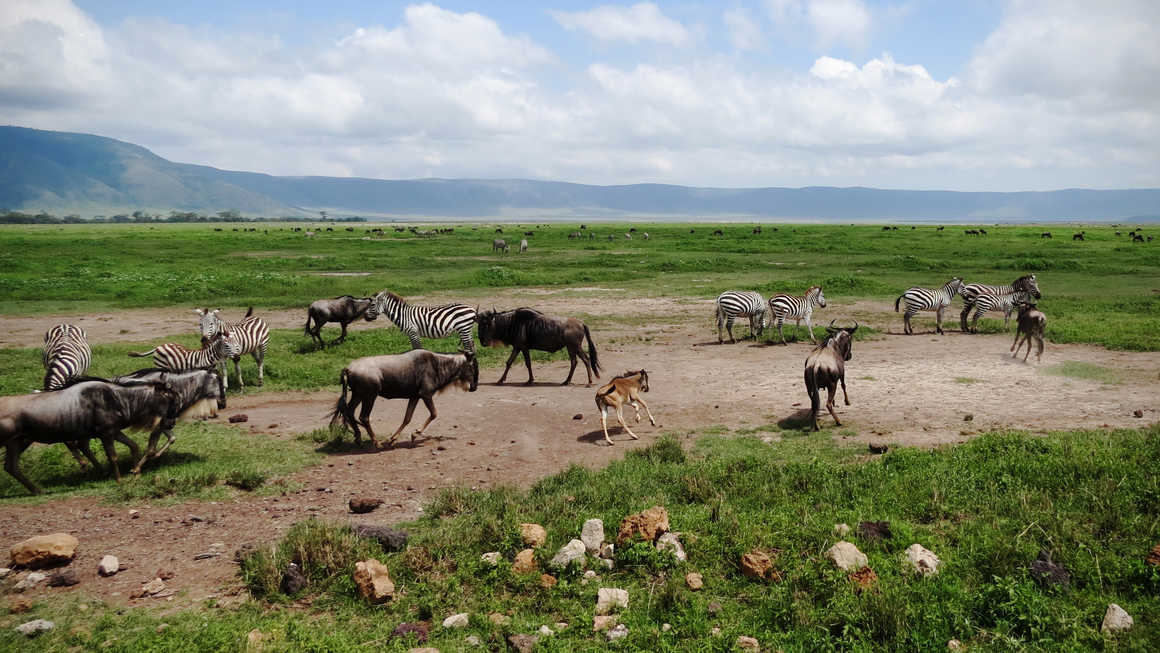
Ruaha National Park (20,226 sq km / 7,809 sq miles)
The park is also famed for its lion population which makes
up over 10% of the world's population. The park has the third largest
population of wild dogs and cheetahs, and elephants and leopards are all common
sights. If you're looking to see the big cats, then May to December is your
best bet, but for bird lovers, the best time to visit would be during the wet
season from January through to April. If you fancy getting super close to the
bird life, then taking a boat safari down one of the park's rivers may be just
the ticket!
Frequently asked safari questions
Best time to go on safari
You can go on an African safari in Tanzania any time of year,
but the season will likely dictate your chances of big game success. The long
dry season between June and October is when much of the vegetation turns brown
and dry due to the lack of rain. On the one hand this makes wildlife easier to
see from a distance, but the muted colours of the savannah also hide the local
animals well. Watering holes will become more popular as the wildlife will
congregate close to the water, especially around dusk and dawn giving much
better chances to spot more wildlife in a shorter amount of time. Whilst this
might be a good time to go on safari for hotter, drier weather, the landscapes
can be dull, the risk of bush fires is higher and migratory animals may be scarcer.
If you opt for a Tanzania safari package during the wetter
months of April and May, you may find your climb up Kilimanjaro more
challenging, a restricted number of available routes and the climate
unpredictable and soggy. However, the scenery across the country will be stunning.
The trees will be full and tall, the savannah lush and green, the lakes and
rivers rife with birds and other wildlife and the flora and fauna at their
absolute best. There is a bit of a trade off to be had for a safari during the
wet season.
For this reason, we would suggest that the best time to go
on safari in Tanzania is either January to March during the short dry season or
November to December during the short wet season. To narrow this down further,
if you are combining a Kilimanjaro trek with your safari then climbing Kili in
November or December is not as ideal as the weather can be wet and the
conditions tricky. The rain in Tanzania is not just a light smattering either,
oh no. Often the monsoons come from nowhere at all and before you have chance
to pop your hood up, you’re drenched. It’s exhilarating and exciting but also
slightly annoying.
Therefore, in conclusion, we reckon the best time to combine
a hike up Kilimanjaro with a safari trip in Tanzania would be January to March.
In theory, the rains will have passed leaving a sprouting savannah bursting
with new life. The climate is warm and dry, the mountain is usually quieter and
the wildlife will be here in abundance.
what to wear on safari in Tanzania
A hat with a brim is an excellent idea too to keep the sun
off your face and help you to spot the illusive local critters.
Typically, your Tanzania safari trip will start off in a
game drive vehicle which will either be open-sided or have an open or pop-top
roof. You will be contained and protected from any animals you encounter but
able to see clearly in all directions. It might be warm in the car so wearing
layers, a hat and sunglasses as well as sunscreen is a good idea.
What to take on safari in Africa
- Binoculars – worth their weight in gold for
picking out the spots on a leopard hiding in a tree!
- Sunhat – a hat with a brim will help shade your
eyes from glare making it easier to see the wildlife
- Sunscreen – never go anywhere without sunscreen
at the equator
- Bug spray -insects are symbiotic to animals so
where there is one there is usually the other
- Fly net – a hat with a fly net might be useful
if there are lots of flies about
- Water bottle – keeping hydrated in the heat is
as important as staying hydrated on the mountain
- Snacks – pack these in a bag or cool box and
keep them away from the baboons or you might get raided!
- Camera – don’t to go home without evidence of
your amazing African safari with Kandoo!
Plan your wildlife safari
Whilst the Serengeti might be the most famous national park
in Tanzania, which wildlife park you decide to visit will depend entirely on
what you want to see. If you’re short on time but want to spot the big 5, then
the Ngorongoro Crater is your best chance to spot rhino, buffalo, leopard, lion
and elephant. If you want to spot tree-climbing lions, then think about heading
to Tarangire National Park. For bird watchers Lake Manyara is probably a place
you could spend your days watching and listening or for a good all-round
experience Tanzania safari, check out Ruaha National Park.
If you’re still not sure, read our blog on the top
10 things to see and do on safari in Tanzania to help you figure out what
ticks your safari bucket list.
Check out our full list of Kilimanjaro trips below and don’t
forget to add a 7
day Tanzania safari to follow, where you’ll get to visit 4 of the 5
incredible parks mentioned above and spend a whole week taking in this beautiful
East African country. You’ll have plenty of time to rest those legs whilst
spotting some of the largest mammals in the world in their incredible natural
habitats. We can’t wait to see you there.
